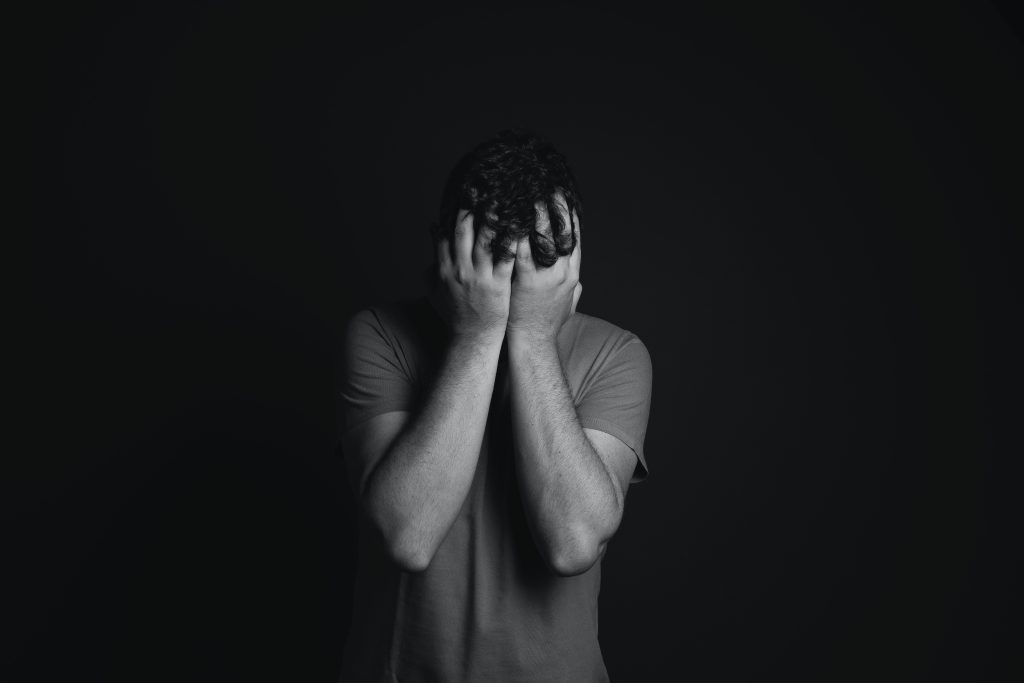Mental health is defined as a state of well-being, or a person’s ability to deal with the normal stresses of daily life. When a person has a strong sense of mental health, he or she can be productive at work, contribute to the community, and enjoy social relationships. It is a very important topic in today’s society. But how do you determine your mental health? There are many factors to consider.

Psychiatry has long discarded the term “nervous breakdown” because it does not accurately describe the underlying causes of most common mental illnesses. While the phrase is used in some medical literature, it’s a pseudo-medical concept that describes a wide range of stress-related feelings. The belief that there is a real phenomenon known as a “nervous breakdown” makes the concept even worse.
Psychotherapy is an important treatment option for many mental disorders. Cognitive behavioral therapy focuses on modifying patterns of thought and behavior, while dialectic behavior therapy emphasizes treating interpersonal conflict. Other psychotherapies focus on addressing the network of significant others. These therapies are often combined with other treatments, such as medication or self-help. The Continuum of Care model is widely used and is a good starting point for any treatment.
The first port of call for most people suffering from a mental disorder is their GP. A third of all visits to a GP are aimed at addressing a mental disorder. If they think there is no longer a real problem, they may refer them to a specialist or provide them with counselling. Change of environment and pace is also important for a person’s mental health. A five-minute pause or half-hour lunch break can be a powerful de-stressing strategy. A weekend away somewhere new and different can be an exciting way to spend a few days.
Psychiatry has done an excellent job in eliminating the “nervous breakdown” as a medical diagnosis. This term is a pseudomedical term that describes a wide range of stress-related emotions and is made worse by the idea that a real disorder exists. The Diagnostic and Statistical Manual of Mental Disorders (DSM-5) was developed in 1952, and it has been updated several times since then.
There are many different ways to identify a mental illness. Some people experience insomnia, while others experience depression and anxiety. Those with depression may be experiencing a nervous breakdown, but this is the symptom of a mental disorder. A person suffering from a mental disorder is likely to experience irritability, sleeplessness, and a lack of energy. Some people even have suicidal thoughts. But it is important to understand that there is no universal definition of what is considered a mental health condition.





